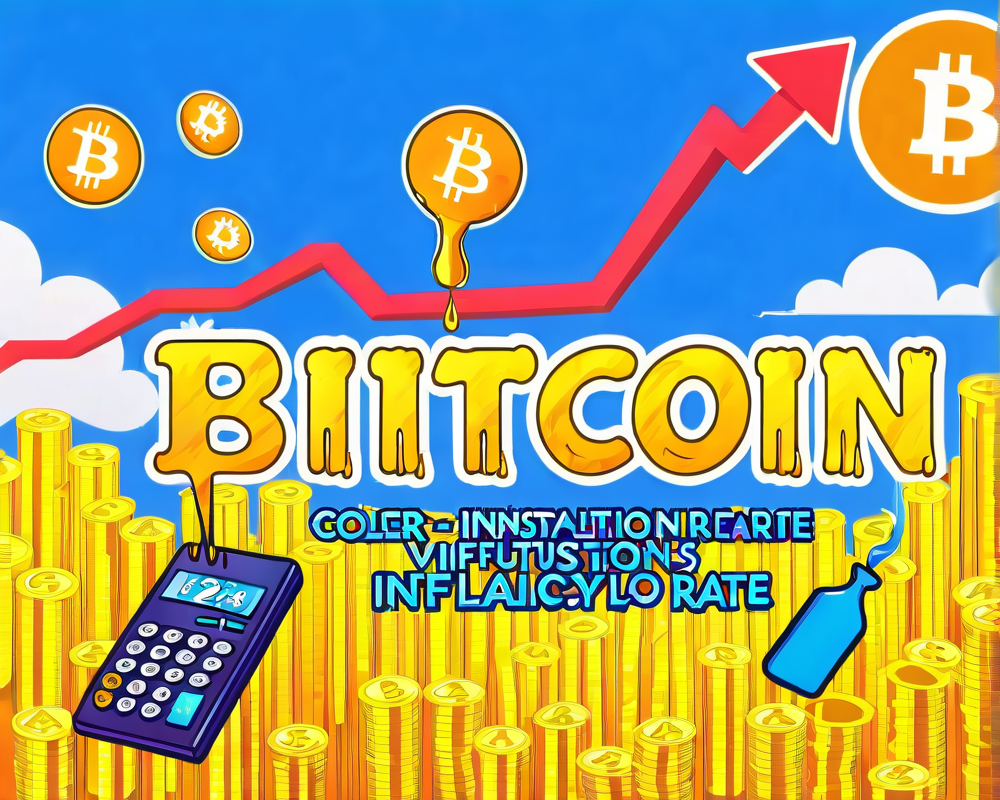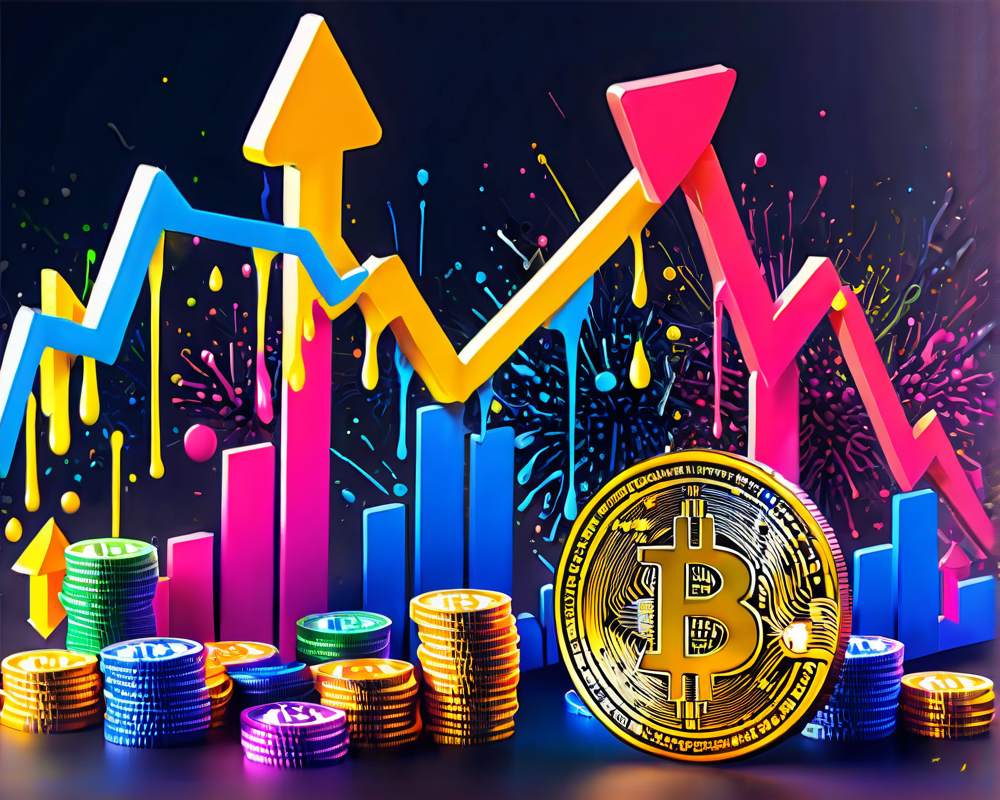The Evolution of Bitcoin’s Inflation Rate
Since Bitcoin’s inception in 2009, the monetary inflation rate has experienced a rollercoaster ride that is more thrilling than a theme park attraction. Back in 2011, we were looking at an eye-watering inflation rate ranging between 30% and 50%. Fast forward to this year, and it’s cruising at around 4%. Not bad for a digital currency that’s often compared to a toddler with a sugar rush.
Math and Mechanics Behind Bitcoin’s Supply
The beauty of Bitcoin lies in its meticulous mathematical framework. Its inflation rate is not just a random number pulled out of a joker’s hat; it’s systematically designed to decrease over time. This is achieved as the number of Bitcoins in circulation approaches its maximum cap of 21 million. So, if you stand around long enough waiting for the market to decide, you might just end up reminiscing about the good ol’ days of Bitcoin’s wild antics.
Bitcoin: The Deflationary Wonder
Financial analysts have dubbed Bitcoin a deflationary currency due to its distinct characteristics and well-guarded cryptographic controls. As more products and services jump aboard the Bitcoin bandwagon, the limited supply makes Bitcoin more valuable—think of it as a hot item on Black Friday; the fewer there are, the more we’re willing to fight for them.
The Great Volatility Debate
Critics of Bitcoin have long pointed fingers at its volatility. Many claimed that such unpredictability could turn merchants into reluctant Bitcoin acceptors. Matthew O’Brien from The Atlantic didn’t mince words when he likened Bitcoin to a “tech stock,” stating:
“Bitcoin has a massive deflationary bias. Its money supply is mostly fixed, but the menu of things it can buy is growing…”
In short, why trade a currency that dances more erratically than a toddler at a birthday party? But as they say, sometimes you have to let those toddlers run around; you never know when they might surprise you.
The Steadying Market Value
As the years rolled by, Bitcoin has gradually tamed its volatility, becoming less jumpy than that old swing set in your backyard. For instance, in 2010, Bitcoin recorded a jaw-dropping 314% increase in value, and in 2013, it skyrocketed to a staggering 5992%. Those kind of gains have drawn a crowd, much like a flash mob breaking out at a formal event.
The Balancing Act: Stability vs. Volatility
People often argue that some degree of stability in the Bitcoin price is critical for it to be considered a legitimate currency. After all, do you really want to pay for your morning coffee with something that could lose half its value by lunch? But let’s not forget that this volatility is a double-edged sword—it has propelled Bitcoin into the limelight and fueled its growth story. Without it, we might still be waiting for Bitcoin to decide whether it wants to be a currency or simply a tech fad.
In conclusion, while Bitcoin’s inflation rate has mellowed considerably, its journey is far from over. Navigating the delicate balance between volatility and stability will be key if Bitcoin wants to be taken seriously in the world of finance.




